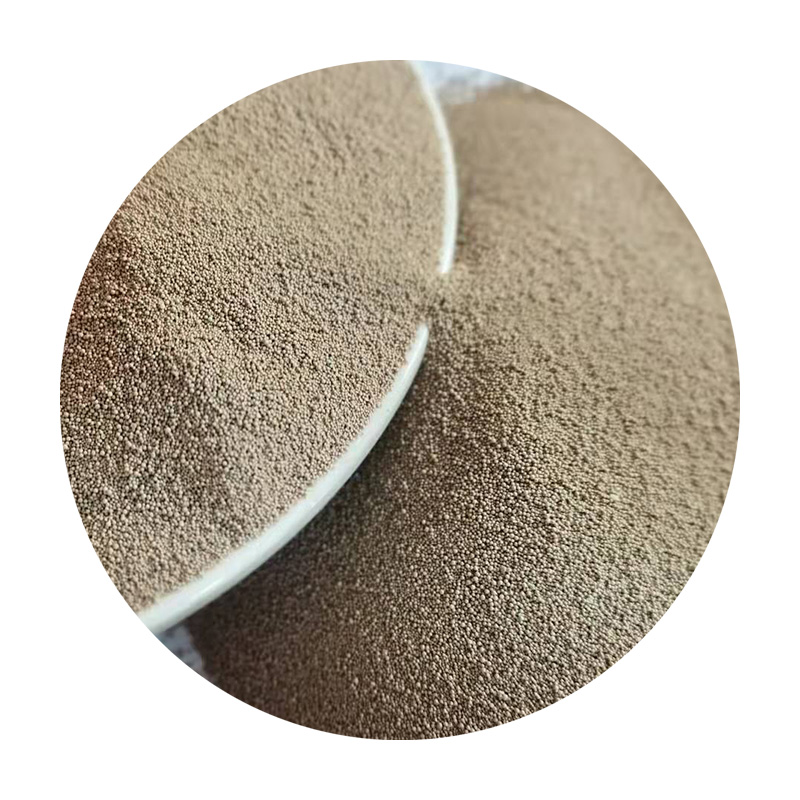The Versatile Applications of Sand Casting in Modern Manufacturing
Sand casting, one of the oldest and most widely used metal casting processes, involves creating a mold from a mixture of sand and a binder. This method has stood the test of time due to its practicality, cost-effectiveness, and the versatility it offers in producing a wide range of products. Numerous items we use in our daily lives derive their origins from sand casting.
One of the most significant industries benefiting from sand casting is the automotive sector. Many automotive components, such as engine blocks, cylinder heads, and transmission cases, are produced using this technique. The ability to create complex shapes and large parts makes sand casting ideal for manufacturing durable components that withstand high stress and heat.
In addition to automotive applications, sand casting is prevalent in the aerospace industry. Components such as turbine housings, brackets, and various structural elements often rely on the precision and flexibility offered by sand casting. The use of lightweight aluminum and titanium alloys in sand casting contributes to enhanced fuel efficiency and performance in aircraft.
what products are made from sand casting

Another area where sand casting plays a crucial role is in the production of industrial machinery and equipment. Many components in heavy machinery, including gears, housings, and pumps, are cast from sand molds. The ability to tailor the casting process to accommodate intricate designs allows for improved functionality and efficiency in these machines.
Moreover, sand casting finds its place in the artistic and decorative sectors. Artists and designers often use sand casting to create sculptures, jewelry, and bespoke items. This method allows for creativity and expression, as it can produce unique and custom pieces that showcase the artist's vision.
The construction industry also benefits from sand casting, with products such as concrete mixers, decorative elements, and structural components being manufactured using this method. The durability and strength of sand-cast products make them suitable for use in various construction applications.
In conclusion, sand casting is an integral part of modern manufacturing that produces a diverse range of products across multiple industries. From automotive and aerospace components to artistic creations, the advantages of sand casting, such as its ability to create complex shapes, cost-effectiveness, and versatility, ensure its continued relevance and importance in today’s manufacturing landscape. As technology advances, the process continues to evolve, promising even greater innovations and applications in the future.
Post time:нов . 19, 2024 06:13
Next:foundry sand reuse
